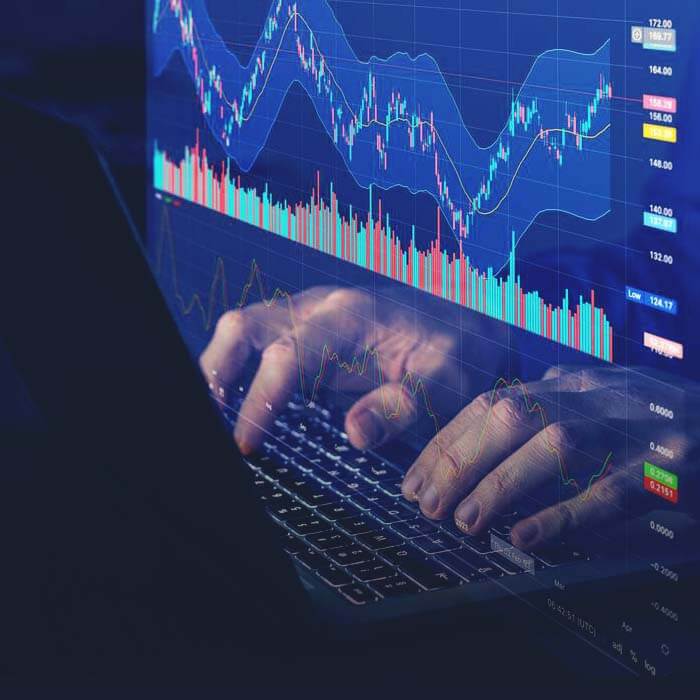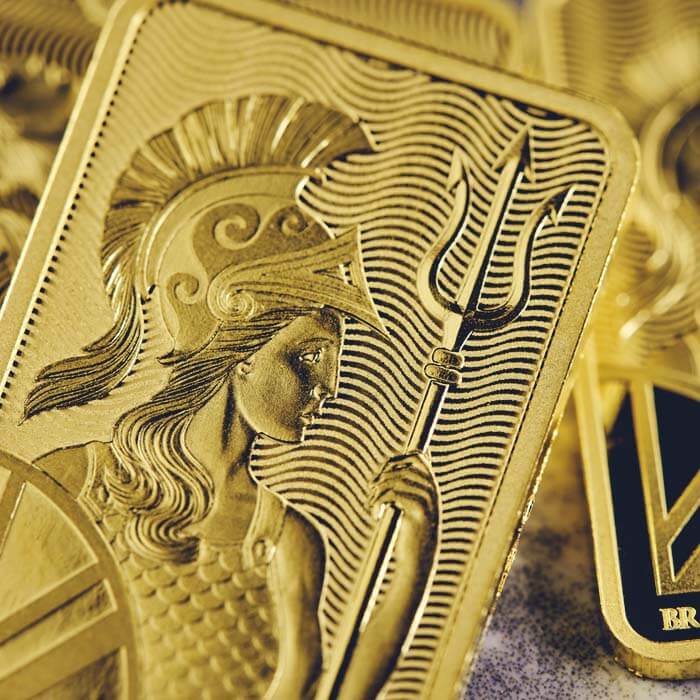Understanding the Market – How Price and Risk Influence Precious Metal Investments
Last Updated September 2023
Category: Invest
- What Influences Precious Metal Prices?
- Managing Risks in Precious Metal Investments
- Conclusion

In the world of precious metal investments, understanding the factors that influence gold prices and effectively managing the associated risks are crucial for potential investors looking to build and manage their portfolio. By gaining insights into the factors that influence precious metal prices and implementing sound risk management strategies, investors can navigate potential market volatility with greater confidence.
Throughout this article, we will explore the various factors that can influence precious metal prices, including supply and demand, the economy and geopolitical events, as well as market sentiment. Understanding these influences can provide valuable knowledge for potential precious metal investors and help you learn how to manage your portfolio for long-term stability and growth.
It is essential to approach gold investments with a well-informed and balanced perspective by considering your own attitude to risk, as well as considering your individual circumstances and goals. By acquiring a deeper understanding of the market and implementing robust risk management strategies, investors can hopefully learn to navigate the complexities of precious metal investments more effectively.
What Influences Precious Metal Prices?
Understanding the various factors that influence gold prices is essential for potential precious metal investors. By analysing these factors, investors can gain valuable insights into the dynamics of the precious metal market and make more informed investment decisions as a result.
One factor that significantly impacts gold prices is supply and demand. The careful balance between the supply of the metal and the demand within the market is perhaps most notable within the gold market. The balance between the supply and the demand for the metal plays a crucial role in determining its price in both the short and long term. Factors such as mining production levels, central bank reserves and consumer demand for jewellery, electronics and investment purposes can all affect the availability and demand for gold.
Economic indicators and geopolitical events are also important factors that influence gold prices. Many suggest that economic factors such as interest rates, inflation rates, gross domestic product (GDP) growth and currency movements can impact investor sentiment towards gold. Additionally, geopolitical events like political instability, trade tensions and global conflicts may drive investors towards gold as a safe-haven asset. Examples of this were seen in recent months and years as the sudden invasion of Ukraine sent shockwaves through multiple trading areas, including the precious metal markets.
Inflation and currency movements are other significant factors that can influence gold prices. Gold is often considered a hedge against inflation because when inflation rises, the purchasing power of fiat currencies tends to decline. This results in a drive for investors to seek the perceived stability of gold as, traditionally, gold is seen as a safe haven during times of wider market stress. Furthermore, currency movements, including exchange rates and central bank policies, can also have an impact on gold prices, considering that gold is traded globally and valued in various currencies.
Market sentiment and investor behaviour play a significant role in gold price fluctuations as well. Fear, uncertainty and changes in investor risk appetite can drive demand for gold as a perceived safe-haven asset. Speculative trading and investor sentiment towards other financial markets, such as stocks and bonds, can also impact gold prices.
It is important to note that these factors do not operate in isolation. Instead, they interact with each other, creating a complex interplay that affects prices across all precious metals. Furthermore, the relative importance of each factor may vary over time and in different market conditions. It is important to remember, however, that predicting short-term price movements is challenging, and a holistic approach considering multiple factors is crucial.

Managing Risks in Precious Metal Investments
Effectively managing risks is crucial when investing in precious metals, whether in digital or physical forms. By implementing carefully planned risk management strategies, investors can navigate market volatility and protect their investment portfolios.
One of the key risk management strategies suggested to help reduce risk is effective portfolio diversification. Spreading your investments across different asset classes, including precious metals, can minimise the impact of volatility on any single investment. Allocating a portion of your portfolio to both digital and physical forms of precious metals can achieve diversification as investing in multiple asset classes spreads risk across multiple areas.
It is important to recognise that prices of precious metals, including gold, can be volatile due to various market factors. Setting realistic expectations and being prepared for price fluctuations can help manage risk and prevent impulsive decision-making based on short-term market movements. As with many investments, precious metals can see significant price fluctuations over a relatively short period of time. Recognising that precious metals, including gold, are generally more suited as a long-term addition to your portfolio is an important step in managing risk.
Assessing your risk tolerance and understanding your appetite for risk are crucial for making well-informed investment decisions. Consider your financial goals, investment horizon and comfort level with market volatility. Precious metal investments can serve as a hedge against risks, but it’s important to align your investments with your risk profile and long-term objectives.
Staying informed about market trends, news and events that may impact precious metal prices is crucial for effective risk management. Keep track of economic indicators, geopolitical developments and central bank policies that can influence the precious metals market. Utilise online resources, market analysis and expert insights from reputable sources to stay informed and make well-informed decisions. The Royal Mint’s ‘Market News’ page aims to provide precious metals market news and updates, with insights and reports from experts from The Royal Mint and our industry partners.
It is important to note that risk can never be eliminated, but effective risk management strategies can help mitigate potential losses and optimise the potential rewards of precious metal investments.

Conclusion
Understanding the myriad factors influencing gold and other precious metals prices is key to a robust investment strategy. This encompasses supply and demand dynamics, economic indicators, geopolitical incidents and market sentiment. For instance, economic parameters like interest rates or inflation, geopolitical turmoil, or investor behaviour can affect gold prices significantly. It’s crucial to remember that these influences are interwoven, impacting prices across all precious metals, and their relative importance may vary in different market conditions.
Effectively managing risks is another crucial facet of precious metal investing. Diversifying your portfolio across different asset classes, including both digital and physical forms of precious metals, can mitigate market volatility impacts. Recognising precious metals’ inherent price volatility, setting realistic expectations, and aligning investments with personal risk tolerance and financial objectives are thought to be key to sound investment decisions.
Staying abreast of market trends, economic indicators and geopolitical developments can also significantly contribute to effective risk management. Ultimately, whilst risk cannot be entirely eradicated, comprehensive knowledge and well-devised risk management strategies can help navigate the world of precious metal investments.
The contents of this article, accurate at the time of publishing, are for general information purposes only, and do not constitute investment, pensions, legal, tax, or any other advice. Before making any investment or financial decision, you may wish to seek advice from your financial, pensions, legal, tax and/or accounting advisors.
You might also like

Demystifying Cryptocurrencies: An Introductory Guide
Read More
How to Choose the Best Online Investment Platform
Read More
Investing in Precious Metals Online: A Step-by-Step Guide
Read More
Digital Assets – An Introductory Guide
Read More
Child Savings Accounts
Read More
Creating a Family Investment Plan
Read More
Digital Gold – A New Age Investment Option
Read More
Exploring Alternative Investments
Read More
Family Investments
Read More
Family Saving
Read More
Investing for Children
Read More
Investing for the Future
Read More
Investing in Gold for the Long Term
Read More
Securing Your Financial Future
Read More
The Power of Diversification
Read More
Understanding Commodities and Their Role in Investment Portfolios
Read More